Description

A variable area flow meter, also known as a rotameter, is a type of flow meter used to measure the flow rate of a fluid in a pipe or duct. It consists of a tapered tube with a float inside that moves up and down based on the flow rate of the fluid.
The tapered tube has a larger diameter at the bottom and a smaller diameter at the top. The fluid flows through the tube from the bottom to the top, and the float is pushed upwards by the force of the fluid flowing past it.
The position of the float inside the tube is proportional to the flow rate of the fluid, with a higher flow rate pushing the float higher up the tube. The float is typically calibrated with markings on the outside of the tube that indicate the flow rate of the fluid.
Variable area flow meters are commonly used for measuring the flow rate of liquids and gases in a variety of applications, including in chemical processing, water treatment, and HVAC systems. They are easy to install, low cost, and provide a visual indication of the flow rate. However, they may not be as accurate as other types of flow meters, particularly at low flow rates.
Variable Area Flowmeter for liquids and gases
- Modular design: from mechanical indicator to 4…20 mA / HART®, and Totalizer
- Any installation position: Vertical, horizontal, or in fall pipes
- Flange: DN15…150 / 1⁄2…6″; also, NPT, G, hygienic connections, etc.
- -196…+400°C / -320…+752°F; max. 1500 psig
The ProFlow Roto gear is the standard variable area (VA) flowmeter for the process and OEM industry. The VA meter combines mechanical flow measurement of liquids or gases with state-of-the-art communication capabilities. The device is modularly extendable. Additional electronic modules can be added or replaced at any time without process interruption. In this way, its functionality adapts to new requirements – from analog flow measurement without auxiliary power to digital integration into a field bus system.
The variable areas flow meter is available in various materials and in many different versions. The sturdy all-metal flowmeter can be also used in applications with high pressures (up to 1500 psig), temperatures (-196…+400°C / -320…+752°F), or aggressive media. It even allows installation in horizontal or fall pipes up to DN150 / 6″. A special version for use in hygienic applications is also available. The Variable Area Flow Meter is intrinsically safe and explosion-proof.
Product highlights
- Simple, low-cost installation: Able to measure and display without an auxiliary power supply
- Unique modularity and serviceability: Limit switches, 2-wire 4…20mA, totalizer with LCD and pulse output,
- Universal ex-concept: Explosion-proof and intrinsically safe
- Various stainless steel and alloy sensor materials
- Optional stainless steel housing for corrosive atmospheres
- Ingress protection IP66 and IP68 / NEMA4X and NEMA6
- Full scale value for liquids: 10…120,000 l/h / 5…32,000 GPH
- Full scale value for gases: 0.7…2800 m3/h / 25…100,000 SCFH
- Turndown ratio 10:1 (optional 100:1)
- Accuracy: ±1.5%
- Optional hygienic design for use in the food and pharmaceutical industry
Q&A
Q: What is a turbine flow meter?
A: A turbine flow meter is a device used to measure the flow rate of fluids by employing a rotor equipped with blades or vanes that rotate as the fluid flows through the meter.
Q: How does a turbine flow meter work?
A: As the fluid passes through the meter, it causes the rotor to spin at a speed proportional to the flow rate. The rotation is then translated into a flow measurement using sensors that detect the speed of the rotor.
Q: What are the advantages of using a turbine flow meter?
A: Turbine flow meters offer high accuracy, wide flow rate measurement range, and low-pressure drop. They are suitable for measuring clean, low-viscosity fluids and can be used in various industries such as oil and gas, water treatment, and chemical processing.
Q: What are the limitations of turbine flow meters?
A: Turbine flow meters may not be suitable for measuring highly viscous or corrosive fluids, as well as for applications with solid particles or debris, as they can affect the meter’s performance and longevity.
Q: How do you install and maintain a turbine flow meter?
A: Installation typically involves ensuring a straight run of pipe before and after the meter to ensure an undisturbed flow profile. Maintenance includes periodic calibration checks, inspection for wear or damage to the rotor or bearings, and ensuring proper cleaning to prevent build-up.
Q: What are the typical output signals from a turbine flow meter?
A: Turbine flow meters can output signals such as pulse, 4-20mA analog, or digital communication signals (e.g., Modbus, HART) for transmitting flow data to control systems or data loggers.
Q: Can turbine flow meters be used for custody transfer applications?
A: Yes, turbine flow meters are commonly used for custody transfer applications when calibrated and installed according to the necessary standards and requirements to ensure accurate and reliable measurement.
Q: How do the fluid properties affect the performance of a turbine flow meter?
A: Fluid properties such as viscosity, density, and temperature can impact the performance of a turbine flow meter. It’s essential to select a meter designed to handle the specific characteristics of the fluid being measured.
Advantages / Disadvantages
Advantages of Turbine Flow Meter:
- High Accuracy: Turbine flow meters offer precise measurements, making them suitable for applications where accuracy is crucial.
- Wide Flow Range: They can measure a wide range of flow rates, from low to high, providing versatility for various applications.
- Low-Pressure Drop: Turbine flow meters have low-pressure drops, allowing for efficient fluid flow through the system.
- Quick Response: These meters offer a quick response to changes in flow rates, providing real-time data for process control and monitoring.
Disadvantages of Turbine Flow Meter:
- Susceptibility to Viscosity: Turbine flow meters may not be suitable for highly viscous fluids as viscosity can affect the rotor’s rotation, leading to accuracy issues.
- Sensitivity to Flow Profile: The accuracy of turbine flow meters can be influenced by flow profile irregularities, requiring a certain length of straight pipe both upstream and downstream for accurate measurements.
- Wear and Maintenance: The rotor and bearings can experience wear over time, requiring regular maintenance and potential replacement, particularly in applications with abrasive or harsh fluids.
- Limited Applicability: Turbine flow meters may not be ideal for applications with high levels of particulates or in environments where clean fluid conditions cannot be maintained.
Applications
Typical applications
Chemical and other process industries:
- Additives (e.g. catalysts, foam inhibitors, emulsifiers)
- Acids, bases, phosgene and other chlorides substances, sulphuric substances
- Condensate and cooling water
- Nitrogen inertia of vessels and tanks
- Sample flow monitoring for process analysis
- Gas sparging in liquids
Oil and gas industry
- Injection skids for corrosion-, scale- and hydrate-inhibitors
- Nitrogen, flue gases, etc.
- Emulsifiers
Machinery and apparatus
- Gas seal monitoring for compressors
- Coolants and cooling water, lubricants, air supply
- Dry-run prevention of pumps
- Gas and oil measurement for industrial furnaces
Pharmaceutical industry
- Demineralized water, alcohol, solvents, insulin, etc.
- Cleaning agents
- Air measurement in clean rooms
Food and beverage industry
- Vegetable oil, drinking water, milk, carbon dioxide
- Cleaning agents
Water and wastewater industry
- Oxygen sparging into aeration basins
- Air injection to reduce iron content
Conventional and nuclear power industry
- Heavy water, borated water, tritium etc.
- Hydrazine
- Sulphuric acid
- Phosphate, nitrogen, hydrogen, Sulphur
- Purified water, saline water, etc.
- Steam, air, gases, boiler washing water etc.
- Diesel, return fuel oil flows, etc.
Only logged in customers who have purchased this product may leave a review.


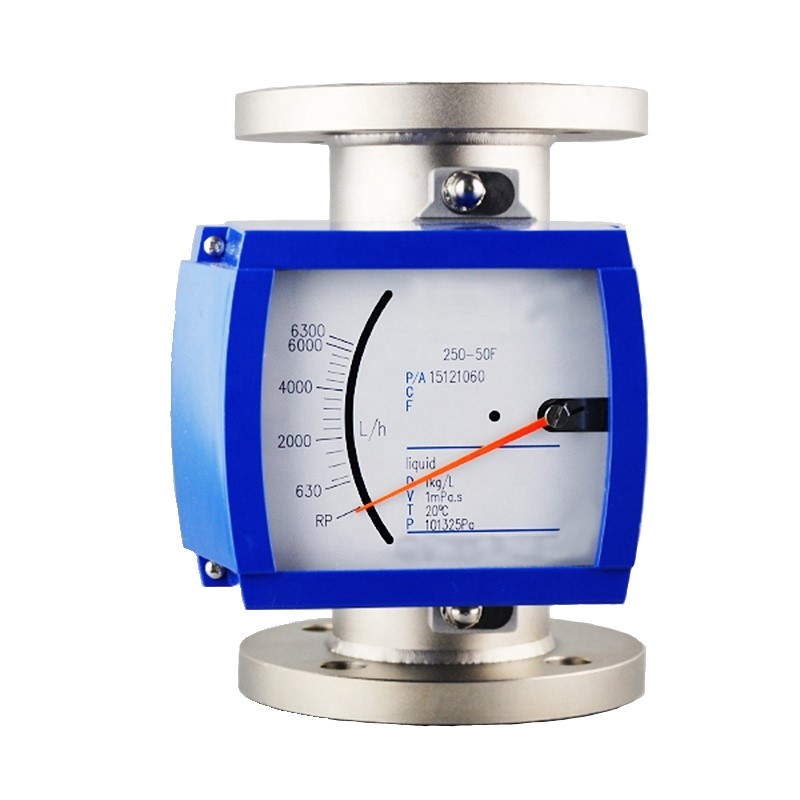
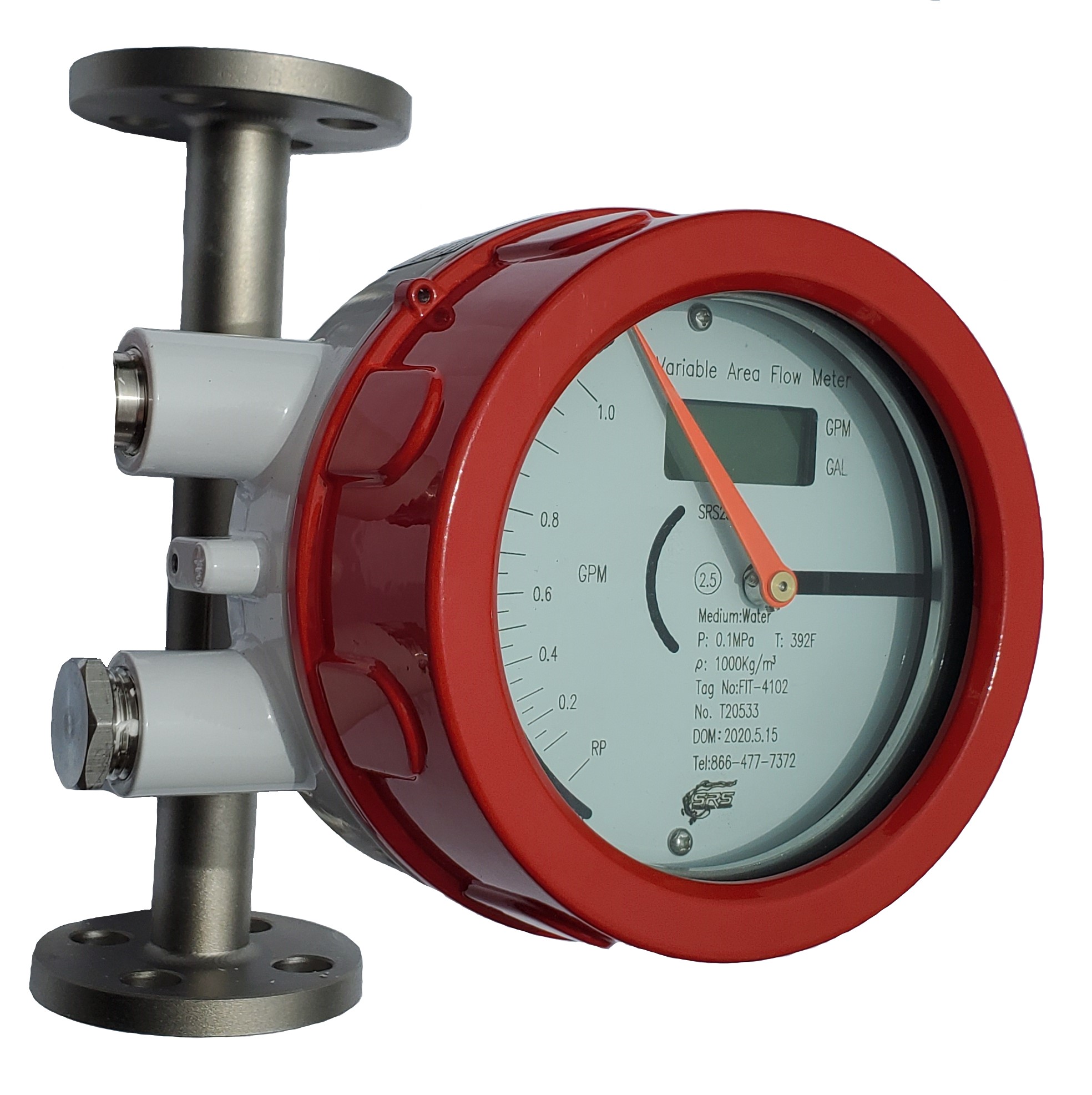
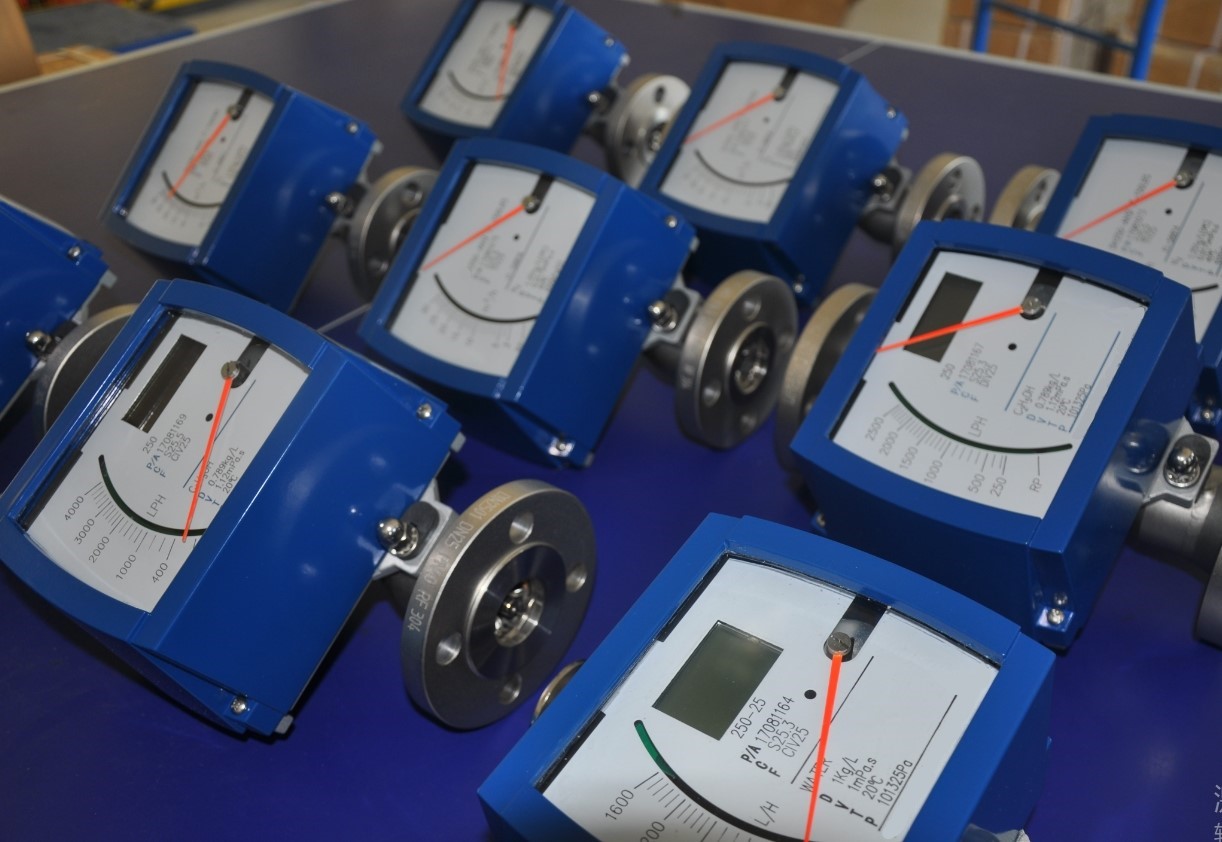
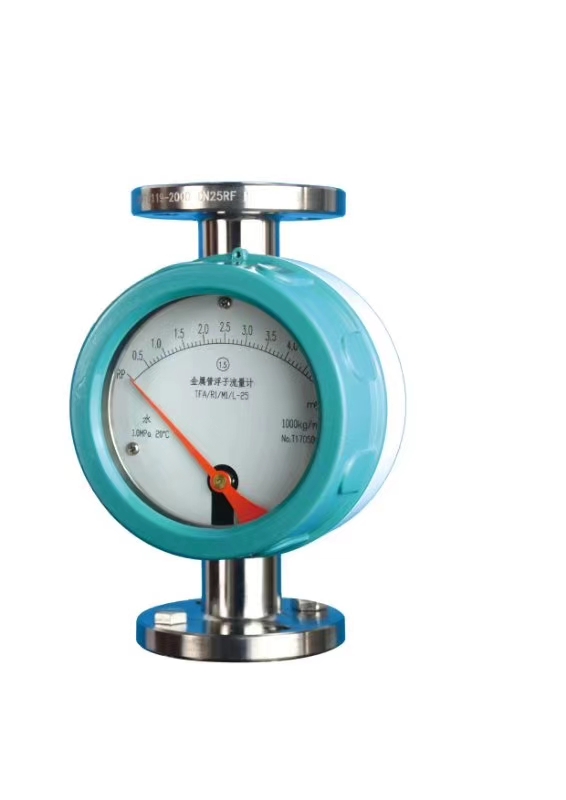



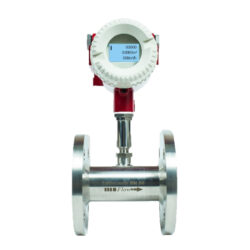
Reviews
There are no reviews yet.